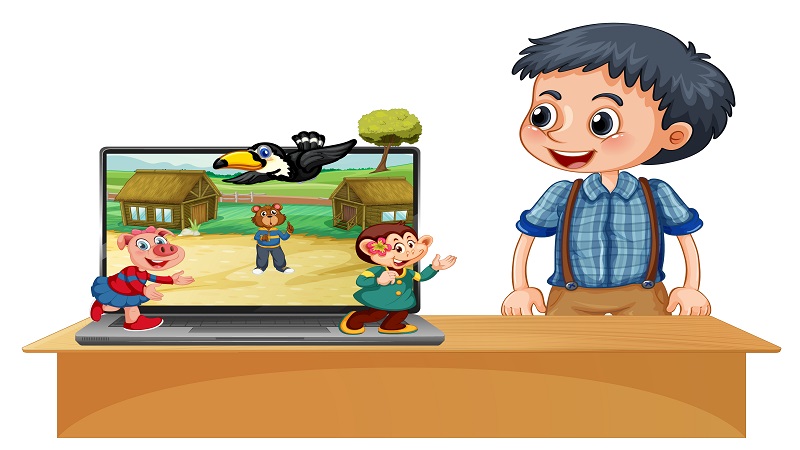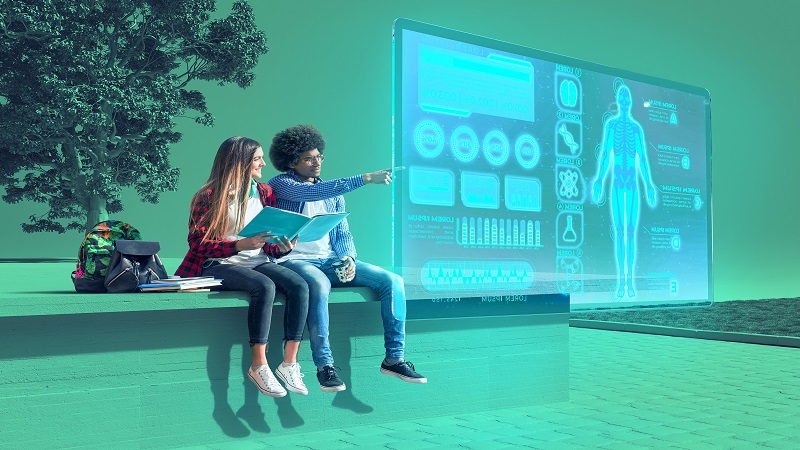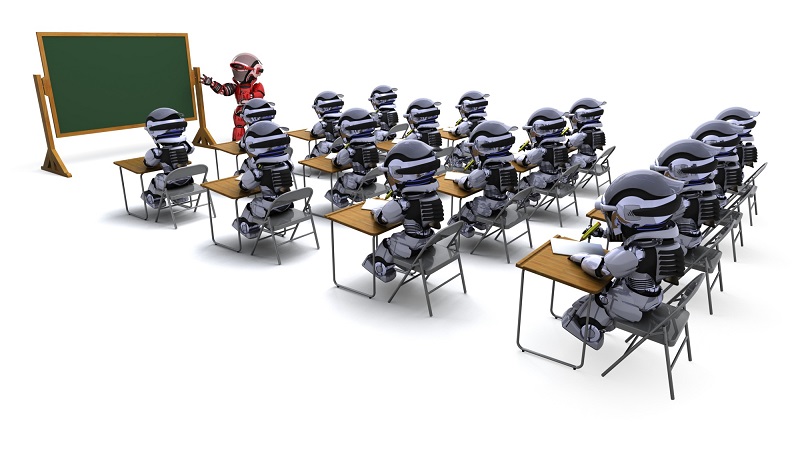As a software developer, I have always been interested in technology and how it brings innovation and convenience to everyday life.
But I never expected to find such a fascinating story about the Amazon Firestick until I spoke with a fellow developer named Andrew.
His experience with Firestick completely changed my perception of this device and the way I explore and use technology in innovative ways.
Attractive but limited devicesAndrew said he originally purchased the Firestick device to enjoy his favorite multimedia content, but his curiosity took him in another direction.
We would like to take you on a fascinating journey into the world of Amazon Firestick devices and a set of special features called Developer Options.
Maybe you are a beginner and just got your Firestick or maybe you’ve just heard about these options and want to learn more.
No matter your level of knowledge, the following information will help you understand what Developer Options are and how you can use them to customize and improve your Firestick experience.
Video games are a type of art and entertainment that has experienced rapid growth in recent years. The video game industry is currently one of the world’s largest entertainment industries with annual revenues exceeding $100 billion.
Video game development is a complex process that requires a variety of skills and knowledge. From concept to design to programming to art, video game development is a difficult but extremely rewarding career.
Basic Concepts and TerminologyBefore diving into video game development, it’s important to understand some basic concepts and terminology.
To excel as a virtual assistant, individuals need to possess a diverse set of skills and competencies. In this chapter, we will delve into the key skills and qualities essential for success in this continually evolving profession.
1. Effective communication One of the fundamental skills of a virtual assistant is effective communication. Much of the work is done remotely, so clear and efficient communication is key.
Effective communication Virtual assistants need the following skills:
In the era of digital transformation, the concept of work and employment is undergoing a paradigm shift. The traditional office environment is no longer the only option for employment, and the role of a virtual assistant is diversifying and becoming an increasingly popular profession.
What Is a Virtual Assistant?A virtual assistant (VA) is a professional who provides administrative, technical, or creative support to businesses, entrepreneurs, or individuals remotely. The term “virtual” reflects the remote nature of work, often performed from a home office or other location with an internet connection.
Education technology advances rapidly in the digital age, and chatbots have become a valuable resource in the education system.
These AI-powered virtual assistants enhance the learning experience of students and teachers in a number of ways. In this article, we explore how chatbots are transforming the educational process.
Personal support for students One of the main advantages of chatbots in education is the ability to provide personalized support to students.





